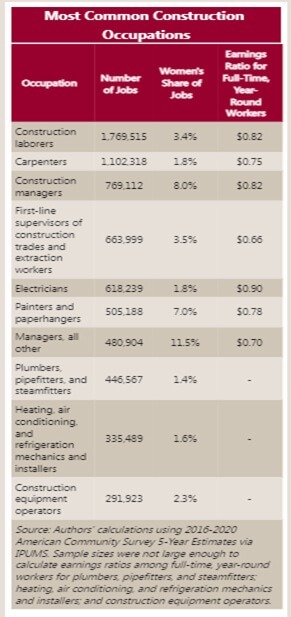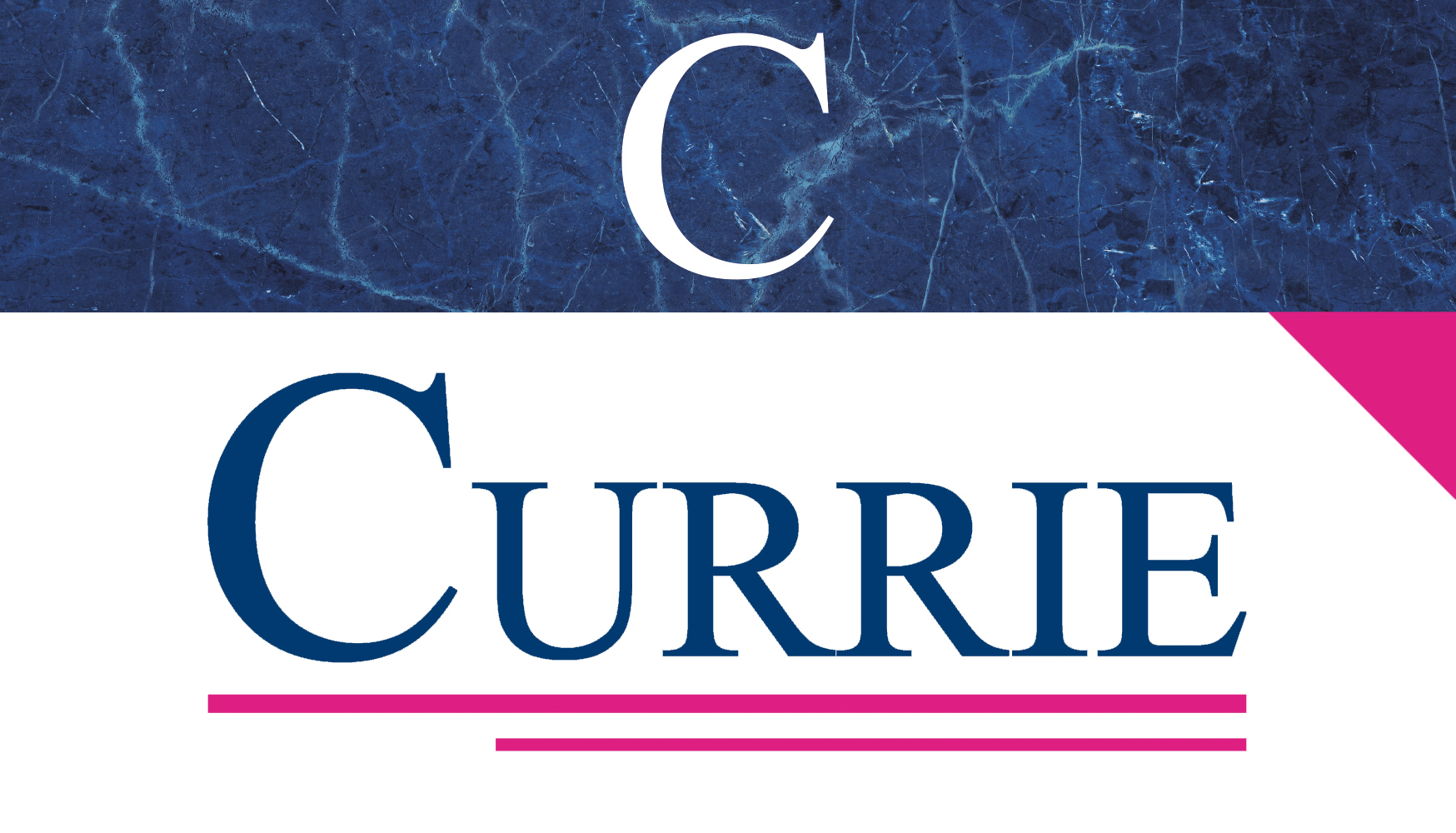Today I’m applying a different kind of Gap Analysis. It’s not quite the same as the famous “Currie Gap.” It’s about your equity gap.
Don’t think you have one?
Then let me ask the question…

If the answer is that your equipment distribution company does not have an equity plan, then you most likely have an equity gap. The Equity Gap is one of the subcategories in the Culture portion of the Currie Success Certification. If you answered yes to the question, then I’ll quote our Founder Bob Currie here with an “attaboy!” (By the way, I’d love to see your plan, if you wouldn’t mind sharing it with me.)
Here’s what I’m finding throughout the industry:
Attitudes about women in the dealership, although changing, are still largely presenting as negative. Women in traditional roles: back office positions such as accounting, human resources, and executive assistant roles, continue to be accepted. But there continues to be a paradigm of division between man’s work and woman’s work. Women are largely excluded from many jobs at the dealership. Although the gender wage gap is moving in the right direction, nationally, we are still experiencing a 17% gender opportunity pay gap.
In the past couple of years, my work in the construction sector has been increasing, as more dealerships are looking to capture opportunity and maximize profitability. HR 3684, the Infrastructure Investment and Jobs Act, continues to be a mechanism for growth across all industries that Currie participates in. There is good data about the employment equity in this industry. But let me divert for a moment…
Currie’s advocacy is two-fold. We are a woman-owned company, with our internal team at 75% female to 25% male. The larger team, consisting of contract workers providing consulting and other services to our clients, is 66% female to 33% male. So, obviously we believe that women are important contributors to all sectors of employment. But, Currie is a consulting firm dedicated to the industrial equipment marketplace. So our advocacy is for those companies to continue to achieve maximum profitability, and increase wealth for both the organization and the ownership team. Good talent is critical to meet those goals for the company’s operational excellence…
We are, and have been for quite some time, experiencing a challenging cycle when it comes to acquiring and retaining talent.
Until we break through cultural mores, we will always be at a disadvantage in the employment marketplace.
Companies with equity plans are socially ahead of other companies, and may be considered preferred employers to those talented candidates.
The construction industry data from National Partnership is quite compelling. According to their research, currently:
women hold only 10% of jobs in the construction industry.
The benefit to having women as candidates for these jobs is that we significantly increase the talent pool. To say we hire equally, it’s based on the candidate, is a passive approach that is not aligned with the long-term growth that we are expecting. Actively seeking to broaden the candidate pool means proactively designing a methodology to capture the attention of this segment of the workforce.
The Inter-American Development Bank Group has indicated that as agendas to reduce carbon emissions continue over the next decade, 15 million jobs could be created. At current trends, however, 80% of those jobs will go to men, just because they are men. This estimate includes not just the construction sector but also the growing transport sector.
Below is an interesting graphic, credited to www.nationalpartnership.org:

Again, I’m on both sides of this issue. Women are valuable resources that need to be leveraged as we move into the future of this and other related industries. It is most definitely in the best interest of the dealership to create and execute a comprehensive Equity Plan. This is how we move mountains.
~ Robin
Find out about upcoming Women of Distribution sessions as an excellent opportunity for existing and emerging female leaders within your organization.
